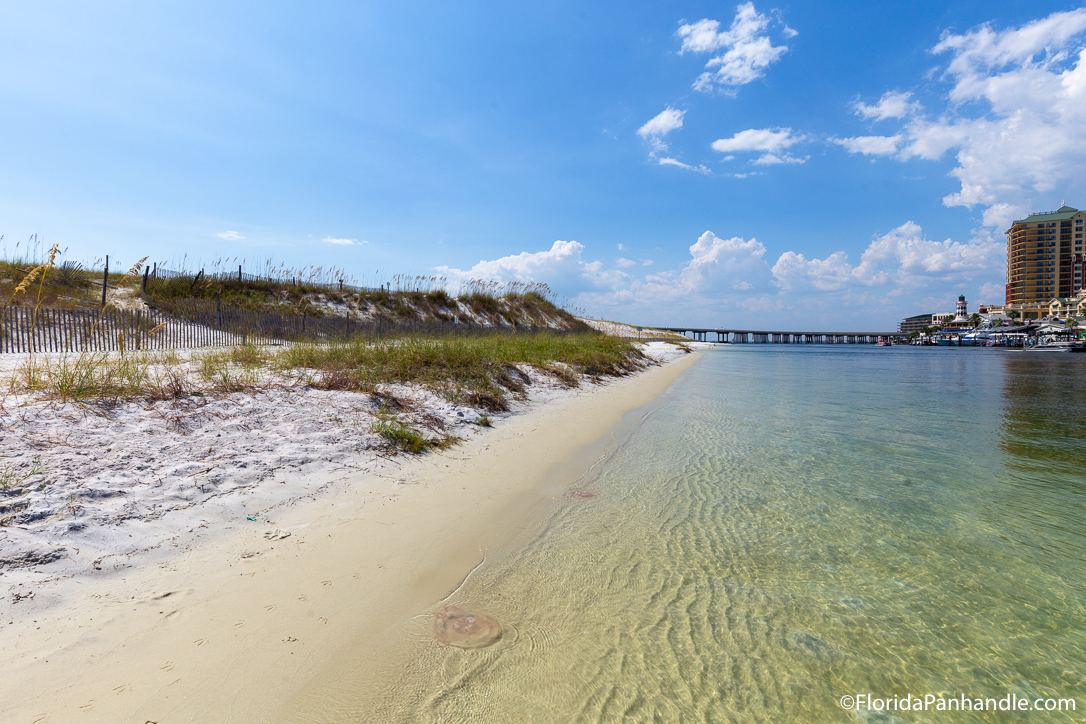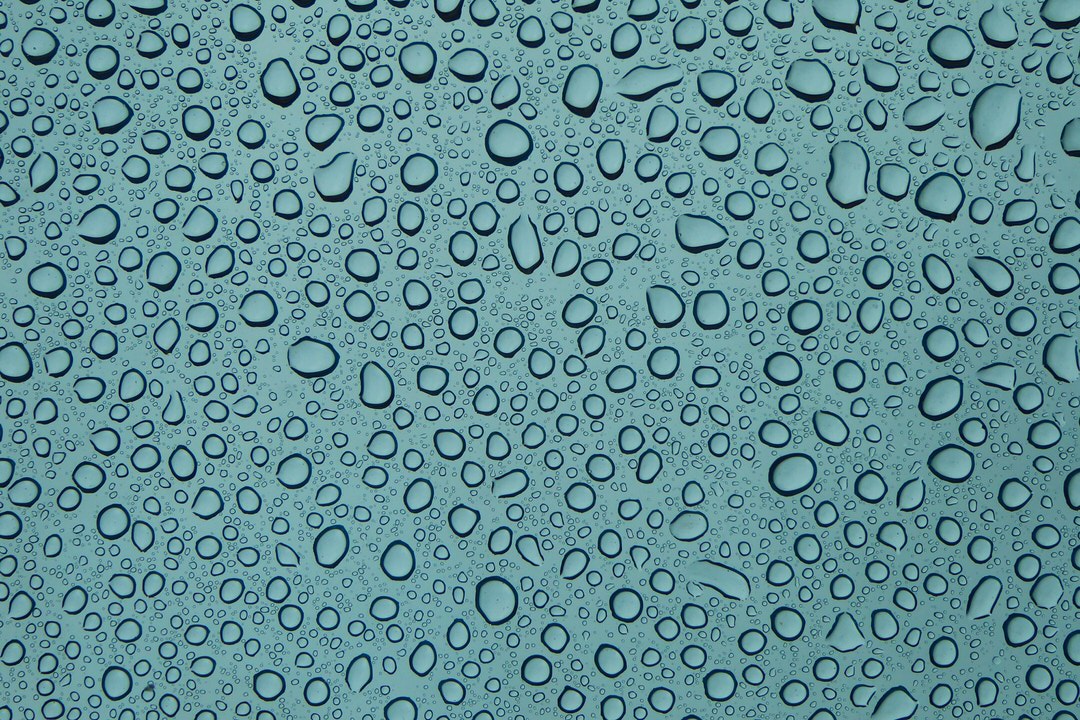The coast of the western Florida Panhandle is renowned for many things, but two natural attributes truly stand out: the gleaming whiteness of its beachfront’s “sugar sands” and the transfixing greenish color of its nearshore waters. That special hue explains this shorefront’s well-known marketing nickname: the Emerald Coast.
What explains this evocative color, which reminds more than a few visitors of the Caribbean Sea? And what is the extent of the Emerald Coast?
The Emerald Coast: Defined
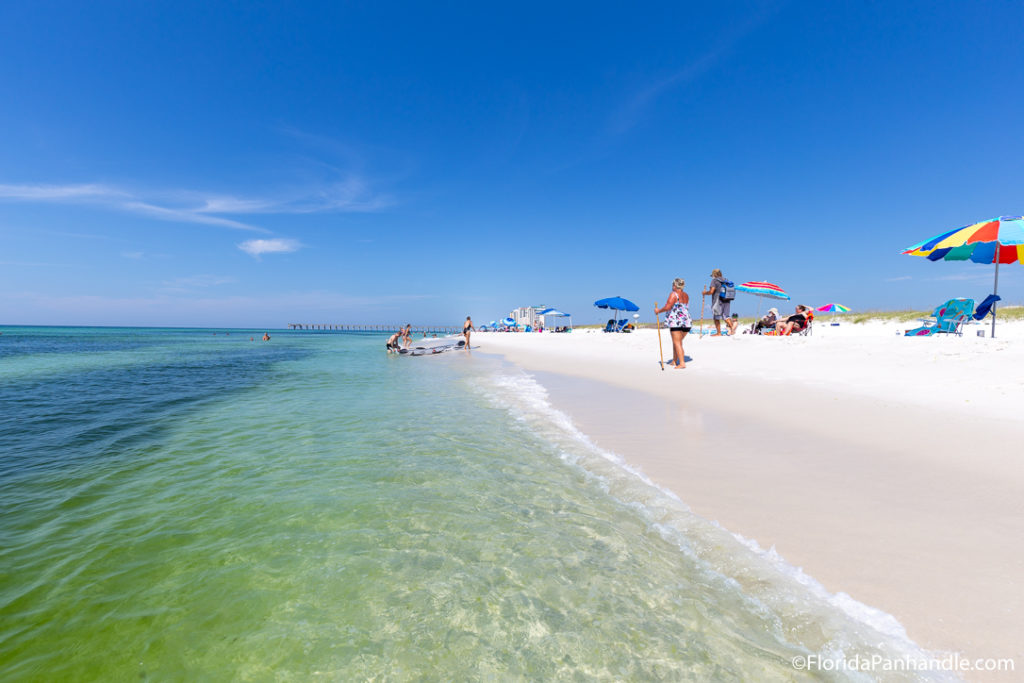
Roughly speaking, the Emerald Coast is typically considered that stretch of the Florida Panhandle seashore between Pensacola and Panama City Beach (or thereabouts). We’re talking about an approximately 100-mile stretch of the Gulf of Mexico coastline here. It includes some of the Panhandle’s top beachgoing destinations, including Pensacola Beach, Destin, Navarre, Fort Walton Beach, and PCB.
To the southeast, the Emerald Coast (in promotional geography, anyway) gives way to the so-called Forgotten Coast anchored by St. Joe Bay and the St. Joseph Peninsula.
Why Are the Waters of the Emerald Coast Green?

A number of factors explain the alluring namesake color of the Emerald Coast’s Gulf waters. A rich population of phytoplankton is the key ingredient. These microscopic organisms, which include algae, are photosynthetic. That means they produce food from solar energy. Phytoplankton absorbs this solar energy through a green pigment called chlorophyll. High concentrations of chlorophyll from these planktonic powerhouses provide the emerald base for the coast’s defining look.
Fluctuating levels of algae partly explain why the Emerald Coast may look more or less emerald at any given point in time or location. The angle and strength of sunlight hitting the water also influence the vibrancy.
Another reason why the green waters here are so strikingly highlighted is the whiteness of the Emerald Coast’s beachfront and seafloor. The white sands along this part of the Panhandle are made up of quartz eroded off the Appalachian Mountains far to the north. The great age of the Appalachians indicates how long this shorefront has been supplied with quartz grains. They’re transported to the Gulf by river systems such as the Apalachicola, then deposited as the beach faces along-shore and inshore currents.
The gleaming white beaches and sandy underwater flats, especially in full sun, enhance the potency of the nearshore depths’ emerald color.
There are some other, oceanographic factors explaining the Emerald Coast’s one-of-a-kind shade. Major estuarine systems such as Choctawhatchee Bay in the heart of the Emerald Coast naturally filter river drainage, clearing up the outflow through gaps and passes into the Gulf.
And the Emerald Coast is far enough from the mouth of the Mississippi River, a source of enormous sediment discharge into the Gulf that makes for a browner, cloudier look along much of the coastline west of the Florida-Alabama line, to mostly avoid that murky influence.
Variations in Water Color
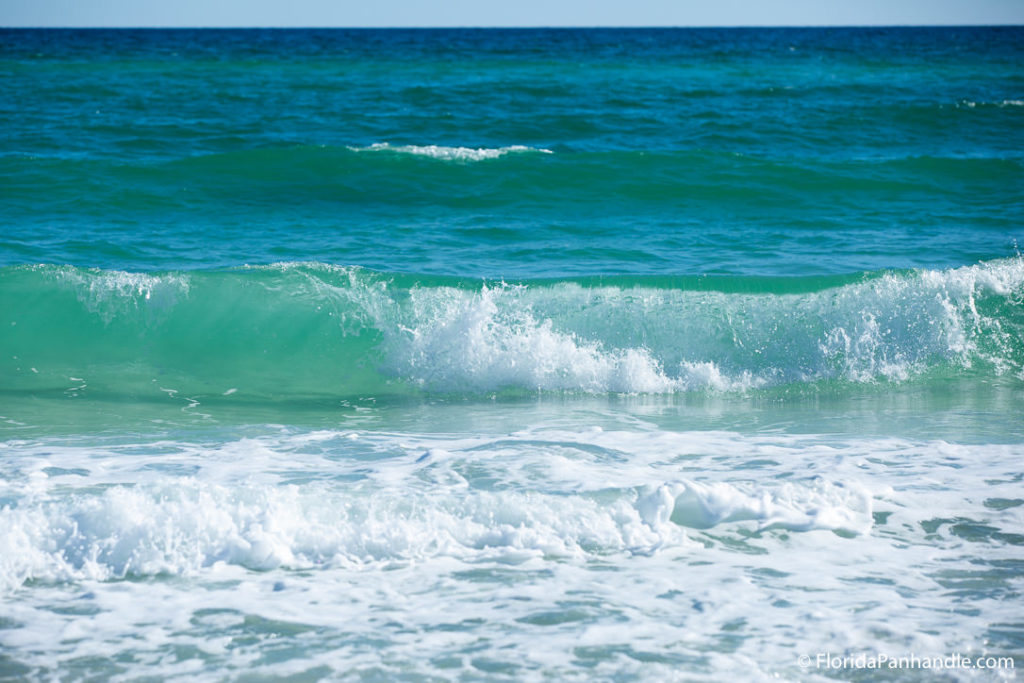
As we’ve mentioned, increases or decreases in phytoplankton populations can intensify or diminish, respectively, this coastline’s emerald color. Cloud cover, the action of waves and currents, and other variables may also affect things, as does the time of year in relation to sun angle.
Furthermore, seasonal runoff discolored by organic matter, or storm systems dumping large amounts of plant debris and sediment into local rivers, may temporarily dull or mask the nearshore green.
But, more often than not, when you hit up an Emerald Coast beach, you’ll feel like you’re kicking back along some Caribbean shoreline. The Emerald Coast at its purest, with blazing sunshine and sugar sands setting off a piercing green seascape, ranks among the most gorgeous oceanfronts anywhere!
Joys of the Emerald Coast
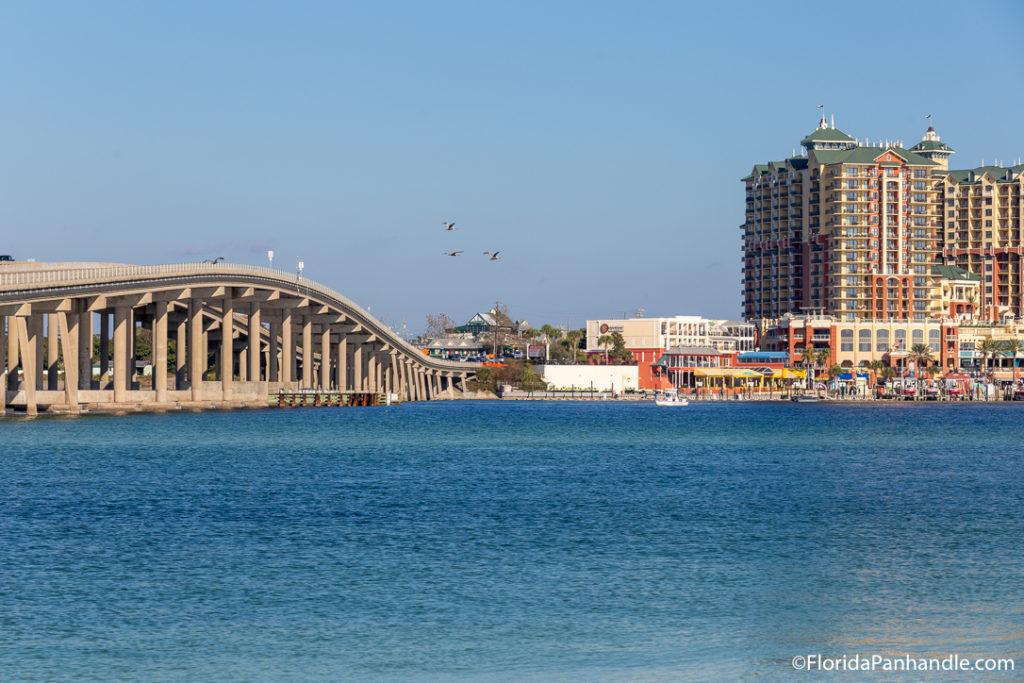
Experience the magic of the Destin area’s green waters via any number of Emerald Coast activities. Taking a scenic boat cruise, sunbathing or shelling, going swimming or snorkeling, admiring world-class sunsets: The beautiful color of the Gulf here makes an extraordinary backdrop. Destin, of course, is the World’s Luckiest Fishing Village. Anglers on an offshore charter can marvel at the gradation in water color as one heads out to sea after pelagic gamefish.
Needless to say, the color of the Emerald Coast just never gets old!

